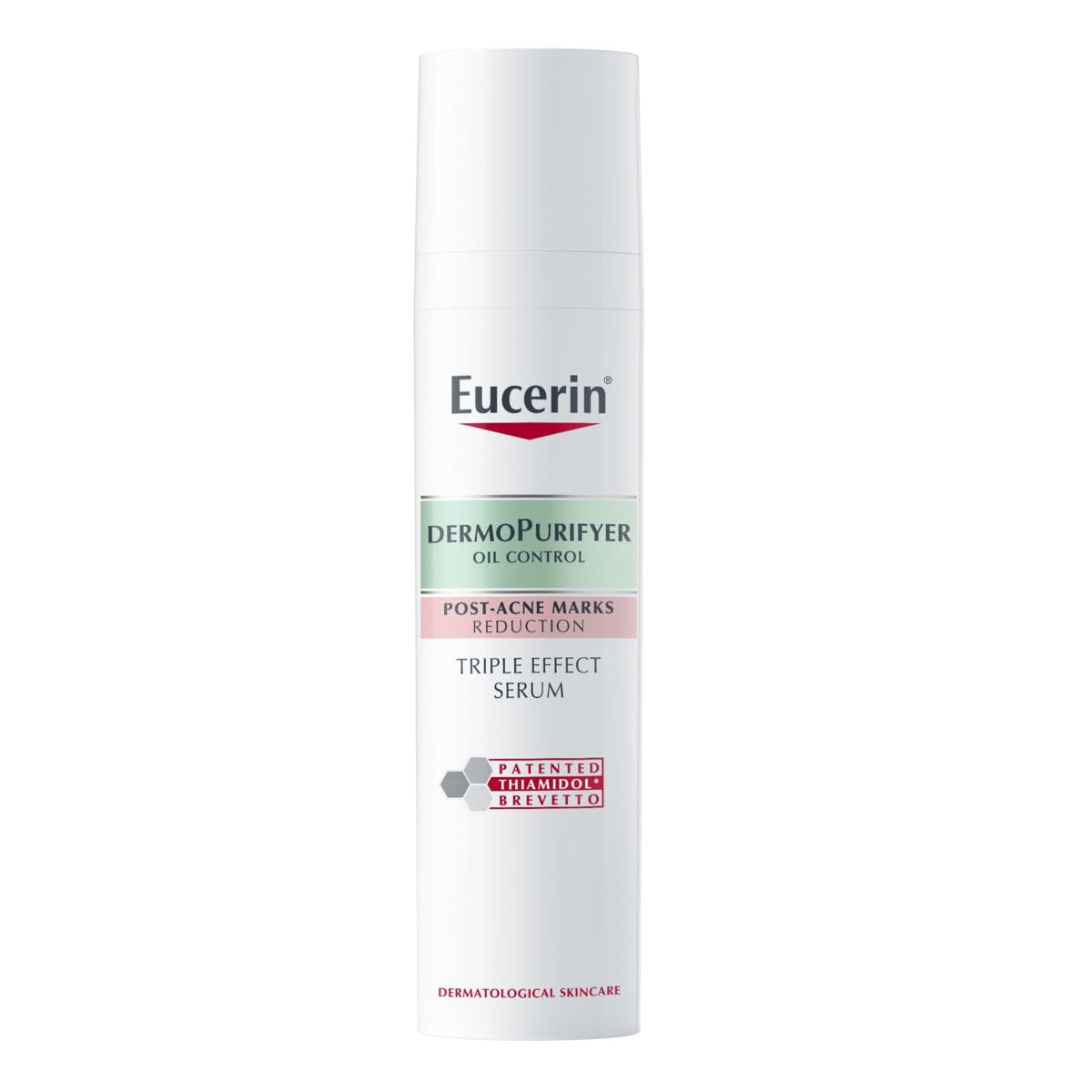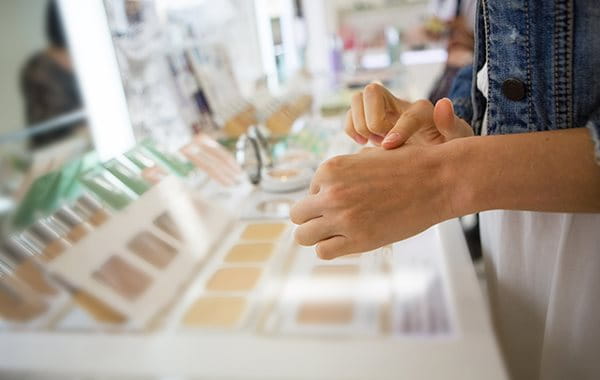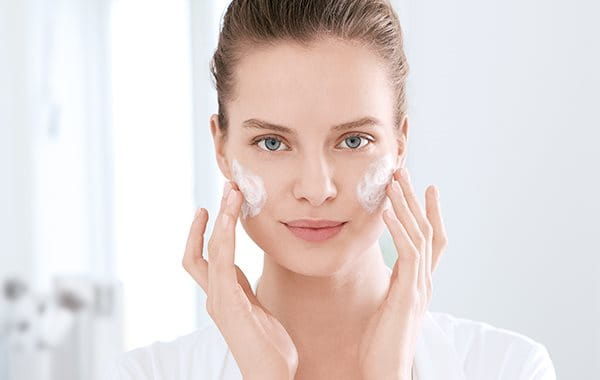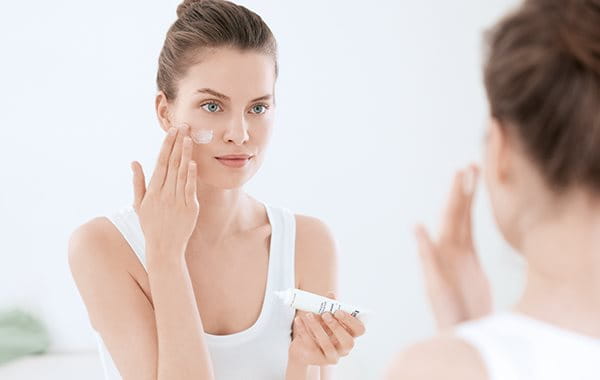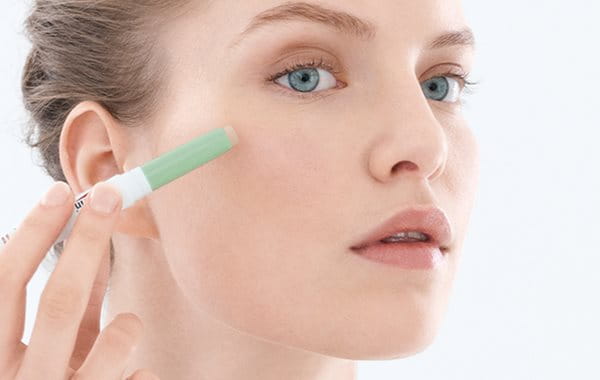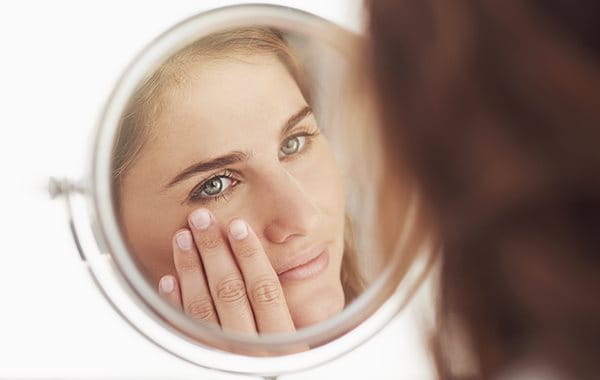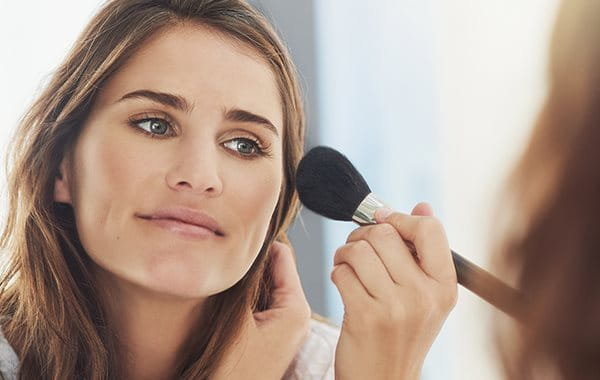Don’t listen to anyone who tells you that you can’t wear make-up if you have acne, blemish-prone or combination skin.
The right make-up, well applied, can help you to cover blemishes and give you the confidence you need to get on with your life. What’s more, some people find that, once they’ve applied their make-up, they fiddle with their face less as they don’t want to smudge their cover. This is potentially good news for those with acne as there’s nothing worse for your skin than picking your spots.
This article gives advice on what to look for, and what to avoid, when choosing your make-up, and we shave some tips on how to apply make-up to acne-prone skin so pimples are covered and you look and feel great.

